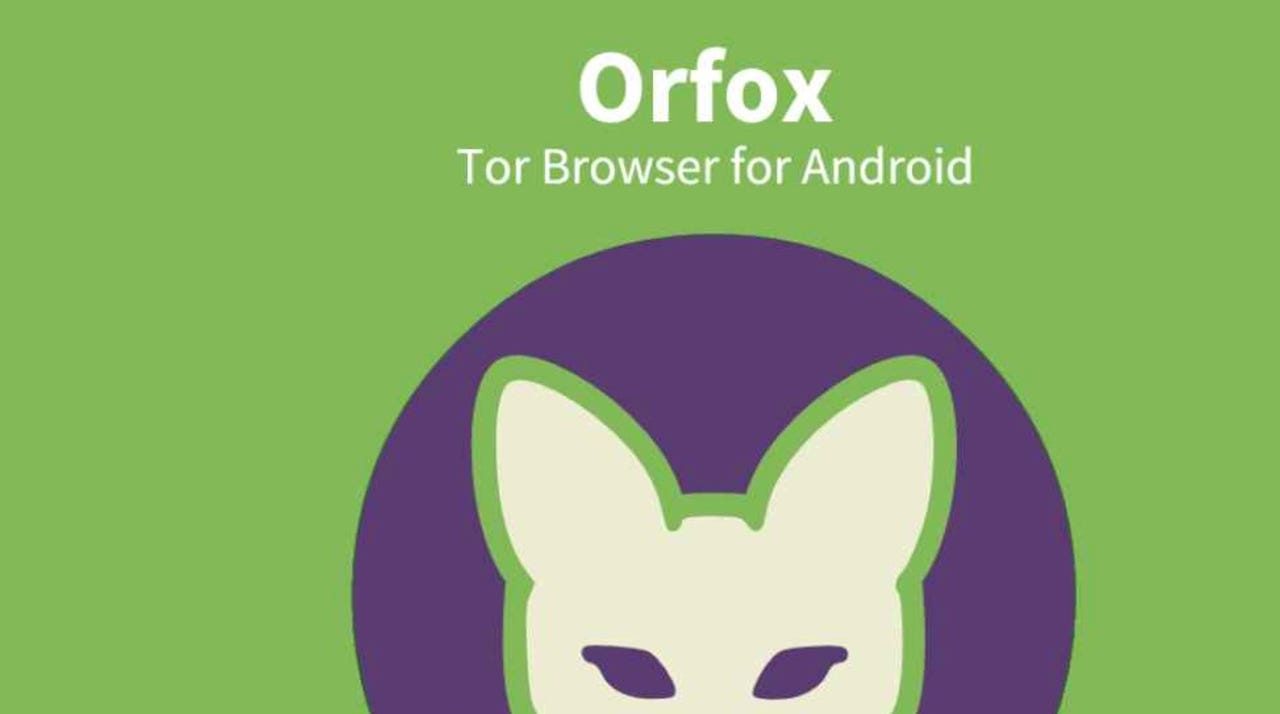Tor Project boosts support for anonymous mobile browsing


Tor Project has announced measures to improve secure web browsing for mobile devices.
Security
The Tor Project, a non-profit which develops and maintains the Tor network for anonymized browsing and as a way to skirt censorship-heavy government controls, keeps its eyes on the state of censorship worldwide.
Recently, areas with citizens forced to use low bandwidth connections and limited data plans have come under scrutiny.
China, North Korea, Iran, India, and Myanmar are only a handful of many countries worldwide which keep tabs on what citizens visit, see, and say online. The US and UK have entered this list now, too, but many residents in these countries have access to high-end mobile devices or traditional PCs.
But what happens to those that have no desktop system or laptop, and must rely on low-end mobile devices to access the internet?
"Most people in these regions only use smartphones to access the internet, and we want to better support these users," the organization says. "So we developed a strategy to do better for folks who have low-bandwidth connections, limited data plans, or who can only connect to the internet through low-end devices."
Roughly a year ago, the non-profit and the Guardian Project, a developer of tools and hardware designed to circumvent censorship, began talks of how to tackle this problem. The teams began with the concept of Orfox, a Google Summer of Code (GSoC) project for Tor network mobile browsing.
According to the Tor Project, Orfox is well on the way to having "similar functionality and security guarantees" as the Tor Browser for desktop software.
The first improvement that has been made is the introduction of the Security Slider from the desktop system to Orfox, which allows users to choose between permitting all website features, banning some features which can be compromised -- such as JavaScript -- or only allowing basic website functionality which strips out everything which may be used to track a visitor or potentially compromise their device.
Videos which automatically load and play, for example, rely on scripts which a threat actor may be able to use to identify a visitor.
The UX Team and the Guardian Project reviewed the system and ran validation tests at the beta stage, and together with Orfox developer Amogh, tested the UI with 12 users in India and three in the United States for feedback.
"This was the first time Tor did a full development cycle following UX best practices, such as being involved with the conceptualization of the UI and performing user testing to validate our hypothesis," the team says. "Since we don't collect data on user behavior, we had to build a testing methodology so our community could help us perform these tests with our users. We are now applying UX best practices to all of our development cycles."
Orfox, containing the new slider, is now available from the Google Play store and a GitHub repository. The Tor Project expects more updates in the near future.
Previous and related coverage
Tor network will pay you to hack it through new bug bounty program
Tor wants to find bugs which could compromise the identity of its users.
Firefox zero-day: Mozilla races to patch bug used to attack Tor browser users
Unknown attackers are exploiting a Firefox zero-day vulnerability to grab details about Tor Browser users.
Justice Dept. drops Playpen child porn case to prevent release of Tor hack
A court filing says the government has 'no choice but to seek dismissal of the indictment' because it refuses to release details of how it used a Tor browser hack.